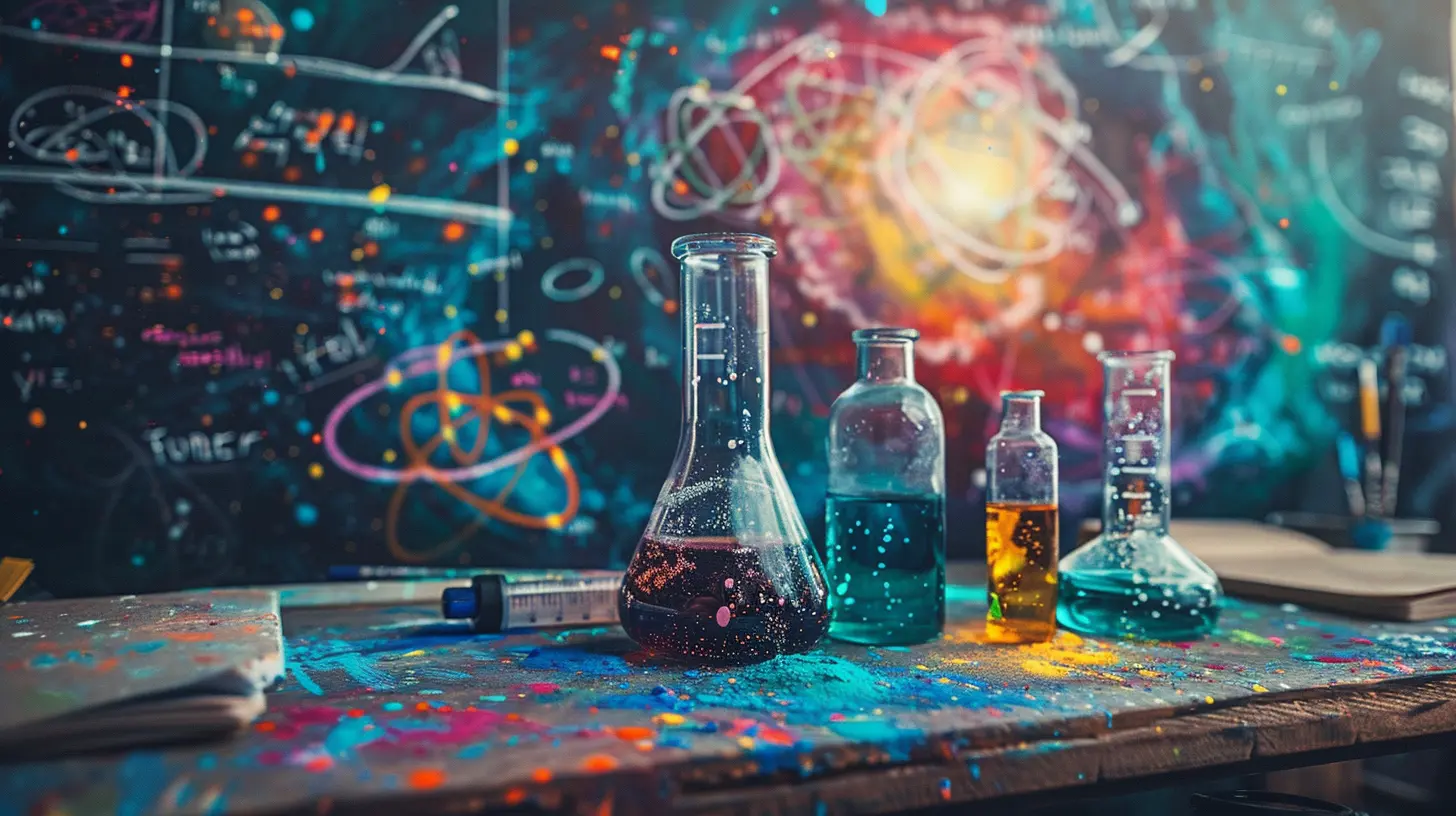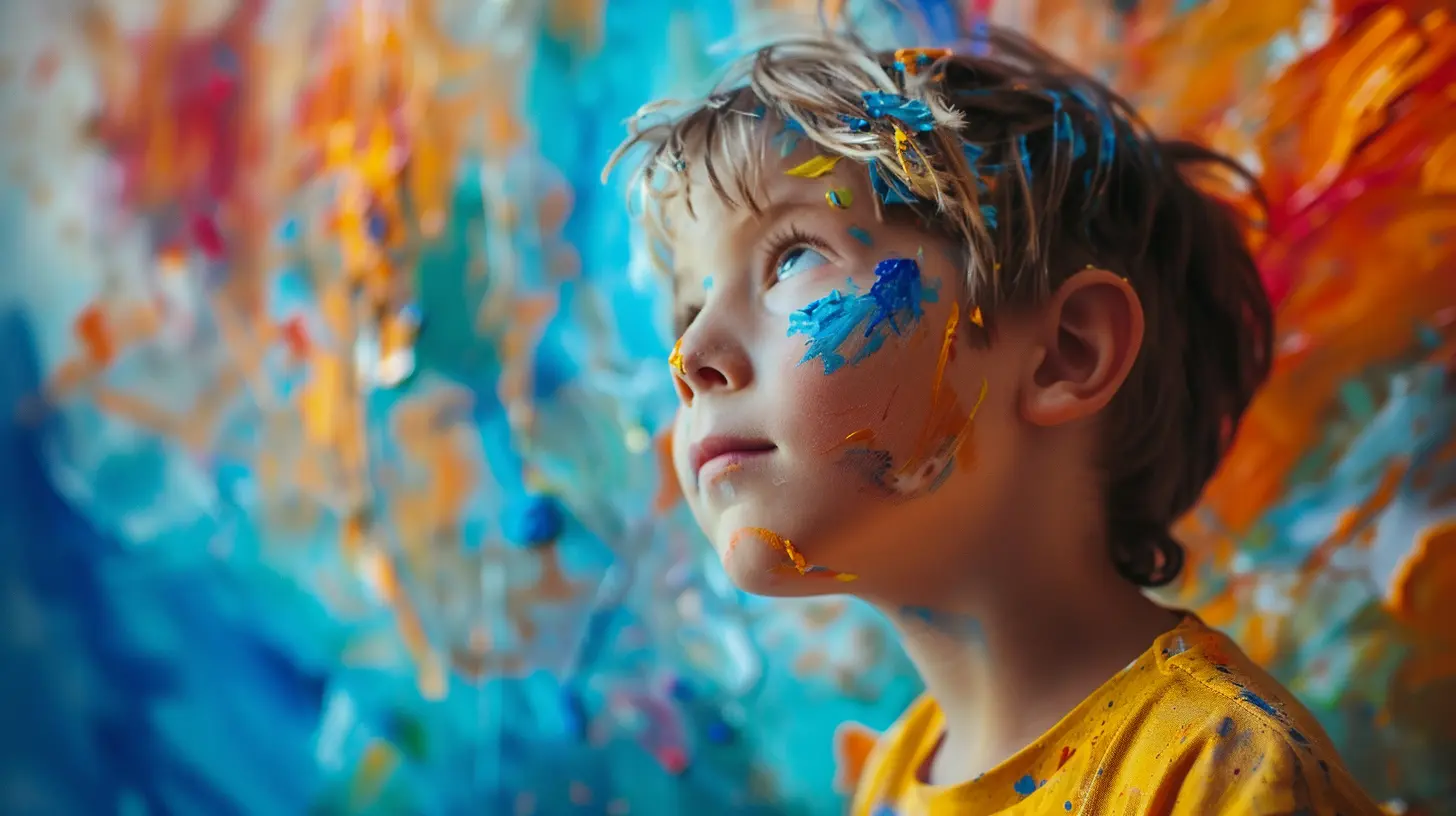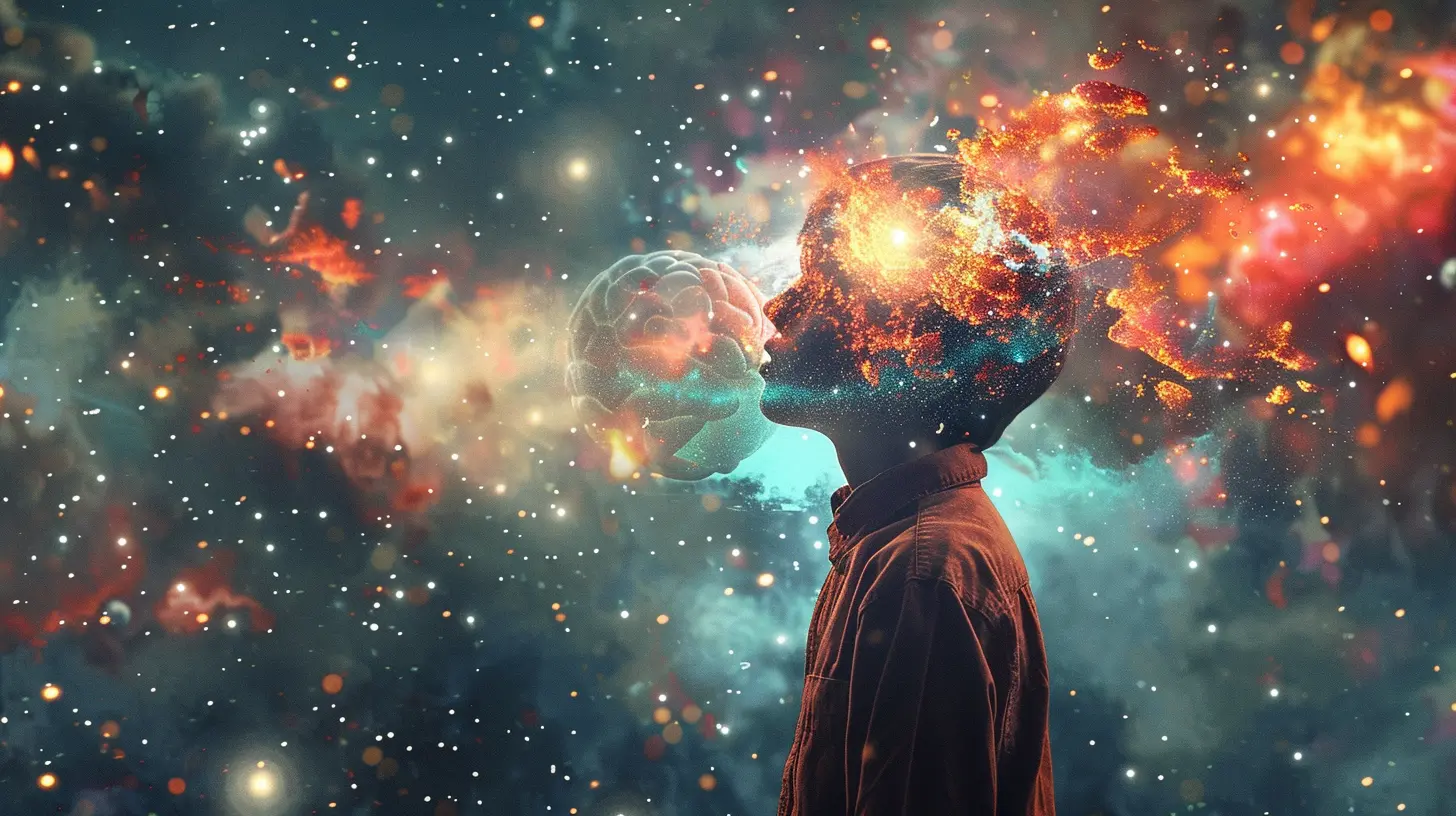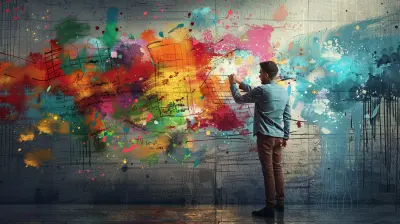Exploring the Intersection of Art and STEM: Encouraging Creativity in Science
15 August 2025
When we think of science, technology, engineering, and math (STEM), we often picture complex equations, rigid structures, and strict methodologies. On the other hand, art evokes images of creativity, fluidity, and emotional expression. But what if I told you these two seemingly opposite worlds actually complement each other?
Art and STEM aren’t rivals—they’re partners. In fact, integrating artistic creativity into STEM fields can lead to ground-breaking innovations, deeper understanding, and more engaging education. Let’s dive into the fascinating intersection of art and STEM and why embracing both is essential for the future of learning and discovery.

Why Creativity Matters in Science
Science isn’t just about memorizing formulas or following step-by-step instructions. It’s about curiosity, problem-solving, and pushing boundaries—just like art. Many of the greatest scientific minds, from Leonardo da Vinci to Albert Einstein, had a deep appreciation for art. They understood that creativity fuels innovation.Think about it: how do new scientific discoveries happen? Not by following a pre-set path, but by thinking outside the box. Creativity allows scientists to reimagine existing concepts, approach problems from different angles, and devise solutions no one else has thought of.

STEM Needs the "A"—Welcome to STEAM
You’ve probably heard of STEM education. But have you heard of STEAM? The "A" stands for Art, turning STEM into a more holistic approach to learning. This shift acknowledges that artistic skills—like design thinking, storytelling, and visualization—enhance STEM disciplines.By incorporating art into STEM education, students learn to:
- Communicate complex ideas visually and effectively
- Think critically and creatively
- Solve problems with an open mind
- Approach challenges in innovative ways
Examples of Art in STEM Fields
Still skeptical about the role of art in STEM? Let’s break it down with real-world examples.1. Scientific Illustrations and Data Visualization
Ever tried to understand a complex scientific concept just by reading about it? It’s tough. That’s where art steps in. Scientists use illustrations, diagrams, and infographics to explain intricate ideas in a digestible way.Take medical textbooks—without detailed anatomical drawings, understanding the human body would be far harder. Data visualization, such as charts and graphs, helps researchers convey trends, patterns, and findings quickly and effectively.
2. Architecture and Engineering
Architects and engineers aren’t just number crunchers; they’re artists, too. Every building or bridge starts as a creative vision before becoming a technical blueprint. A balance between aesthetics and functionality is crucial in designing structures that are not only strong but also visually appealing.Think of iconic landmarks like the Eiffel Tower or the Sydney Opera House. These aren’t just feats of engineering—they’re masterpieces of artistic creativity.
3. Coding and Digital Art
Coding isn’t just about logic and syntax; it’s also an art form. From video games to animated films, creative coding plays a huge role in the digital world. Graphic designers, animators, and game developers blend programming with artistic design to create immersive, visually stunning experiences.4. Music and Mathematics
Did you know music and math go hand in hand? Musical compositions follow mathematical principles like rhythm, frequency, and scales. Many of the greatest composers used mathematical structures to create harmonies that resonate with human emotions.Even in modern music production, technology and creativity work together seamlessly. Digital software helps artists manipulate sound waves, layering beats and melodies to craft iconic songs.

Encouraging Creativity in STEM Education
Now that we know art and STEM are better together, how do we encourage creativity in scientific learning? Here are some ways educators and students can bring more imagination into STEM fields.1. Project-Based Learning
Putting theory into practice makes learning more engaging. Hands-on projects that involve both STEM and artistic elements—like designing models, building robots, or creating digital animations—help students develop critical thinking and problem-solving skills in a fun way.2. Encouraging Storytelling in Science
Science isn’t just about numbers and facts—it’s full of stories. Whether it’s the discovery of DNA’s double-helix or the journey to space exploration, storytelling helps make science relatable. Encouraging students to tell scientific stories through art, film, or writing makes concepts stick.3. Integrating Design Thinking
Design thinking is a creative problem-solving approach that focuses on user experience. It encourages students to brainstorm, prototype, test, and refine their ideas—just like an artist perfecting a masterpiece. This method helps students innovate and think beyond traditional solutions.4. Leveraging Virtual and Augmented Reality
Imagine learning about the human brain by navigating a 3D virtual model. Or studying physics by experimenting with augmented reality simulations. Technology is merging STEM and art in incredible ways, making learning more interactive and engaging.5. Celebrating Creativity in Scientific Achievement
We often praise scientists for their discoveries but overlook the creative process behind them. Recognizing the artistic side of STEM achievements (like space probe designs or bio-inspired robotics) helps shift the mindset that science is purely analytical.
The Future of STEAM: Why It Matters
The future belongs to those who can think creatively and innovate. In a rapidly evolving world driven by technology, the ability to fuse logic with imagination will set people apart.Industries are already recognizing the value of artistic creativity in STEM fields. From AI-driven art to bioengineering inspired by nature’s designs, the possibilities are endless. If we want to prepare the next generation for success, we need to embrace STEAM, not just STEM.
Final Thoughts
At the heart of every scientific breakthrough is a creative spark. Art and STEM aren’t just intersecting—they’re intertwined. By fostering creativity in science, we open doors to new ideas, better problem-solving, and a more engaging way of learning.So whether you’re an educator, a student, or just someone fascinated by both art and science, remember: the two don’t just coexist—they thrive together.
all images in this post were generated using AI tools
Category:
Stem EducationAuthor:

Monica O`Neal
Discussion
rate this article
1 comments
Gemma Pope
In the dance of logic and muse, where pixels meet particles, creativity blooms. Art and STEM entwine, igniting minds, crafting wonders, for in every equation, a masterpiece resides.
August 19, 2025 at 3:25 AM

Monica O`Neal
Thank you for beautifully capturing the synergy between art and STEM! Your words highlight the vibrant creativity that emerges when these fields unite.


